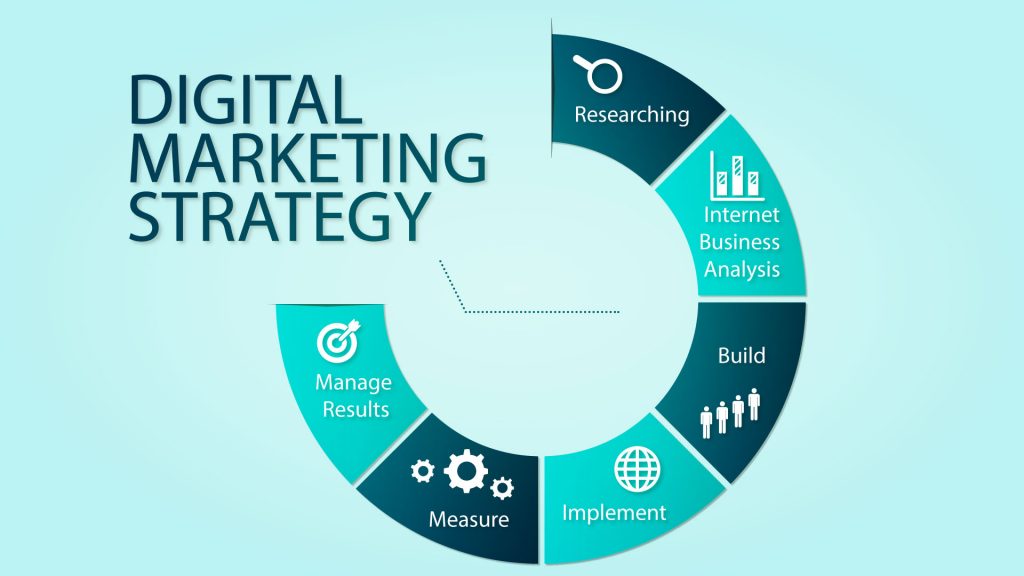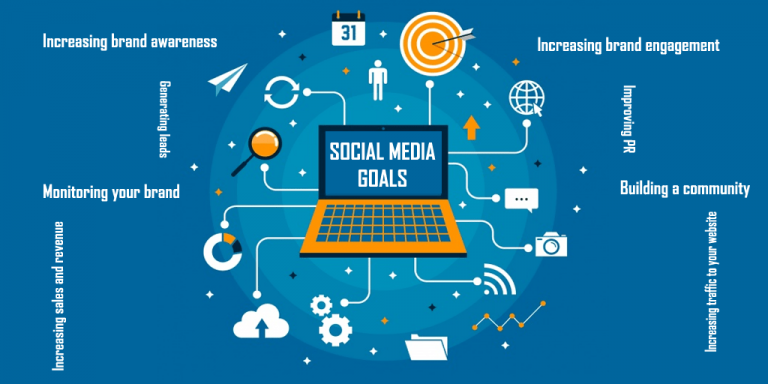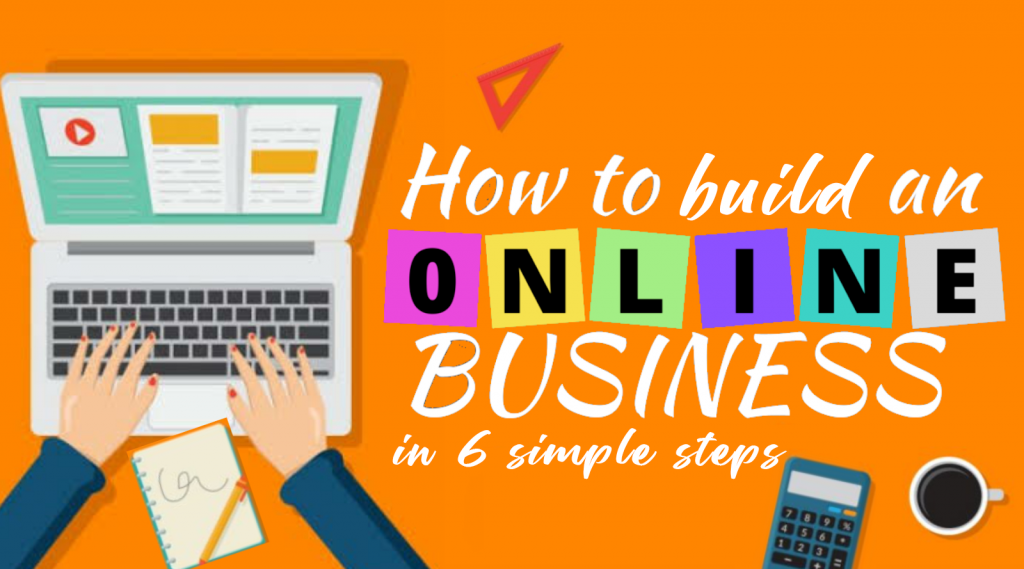Why your company needs a strong digital marketing strategy
Why your company needs a strong digital marketing strategy

What are the benefits of digital marketing? You can find the answer to this question simply by looking around you. You’re presumably reading this on a laptop or smartphone, and there are probably a few more gadgets nearby that can connect to the internet. Consider how you absorb knowledge . Being online and connected has changed how we buy goods, how we learn about events, and even how we vote. One of the reasons digital marketing has altered how businesses advertise and market their products and services is that it can be accessed at nearly any time.
We believe that four important advantages of digital marketing over traditional marketing are measurability, cost, speed, and engagement.
It’s critical to have solid digital marketing plans in place to support your company’s digital transformation and growth. Despite the fact that businesses recognise the importance of digital marketing methods for their growth, brand awareness, and profitability, one concern persists: where do we begin? It is a common problem that organisations face since they understand how important it is for retaining and acquiring customers. Despite this, they lacked an integrated strategy for efficiently engaging and growing their target consumers.
Your business Needs Digital Marketing Strategy
If your company does not have a solid digital marketing plan, you may be left behind by organisations who are more digitally savvy, and you may face the following issues:
1. Your company will lose its sense of direction
Many businesses in your area lack solid, well-thought-out strategy. They also lack a clear strategic aim for what they genuinely want to accomplish online in terms of deepening and long-term relationships with current consumers or acquiring new ones! And if you don’t have clever and realistic digital marketing goals, you’re more likely to waste resources on things that aren’t relevant to your brand. Your business will eventually become aimless. A skilled digital marketing firm will assess your needs and assist you in better understanding your business so that you can create realistic goals to keep it on track.
2. You won't be aware of your market share or target audience
If you haven’t done your homework, the demand for online services and products among your target clients may be underestimated. Perhaps more crucial, you are unfamiliar with or have a poor understanding of your internet market. In traditional marketing channels, with different sorts of clients and their behaviour, offers, rivals, and communication, the dynamics will be radically different. Many amazing and useful tools are available from the leading digital platforms, allowing you to quickly determine the amount of demand from your target clients! For example, you can conduct a ‘Search Gap Analysis’ using Google’s Keyword Planner. It will assist you in determining how many users are interested in your products and services, as well as how you are enticing them to visit your official website. You can hire an expert to help you with this.
3. You can't have a compelling value offer without a good web presence
A well-defined online value proposition tailored to the various personas of different clients can help you differentiate your online services, encouraging both existing and new customers to interact and remain loyal for longer periods of time. Having a competitive content marketing plan for your company is critical today in order to engage your target audience through various digital marketing channels such as search engines, social media platforms, your blog, and email marketing.
4. Your existing and new competitors will begin to gain market share
If you don’t devote enough resources to your digital marketing efforts, or if you use haphazard approaches with no clearly defined or articulated strategies, you should expect your competition to eat your “digital lunch”! So, what’s the answer? To ‘cook’ something ‘wonderful’ for your brand’s online appearance, connect with a skilled and trustworthy digital marketing business.
5. You won't have a good understanding of your internet target market
‘Digital is the easiest and most measurable medium ever,’ as the saying goes. Google Analytics and other comparable technologies, on the other hand, will only tell you about the number of visitors, not their emotions or sentiments! As a result, you’ll need to employ other effective ‘Website User Feedback Tools’ to identify your visitors’ weak points and then remedy them in a methodical manner.
Contact us : +91-8860829261, techbitestudio@gmail.com

















